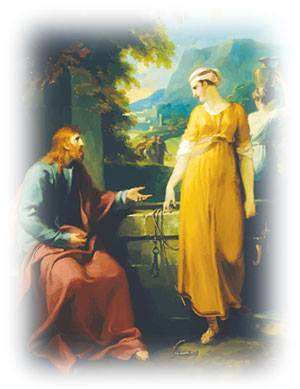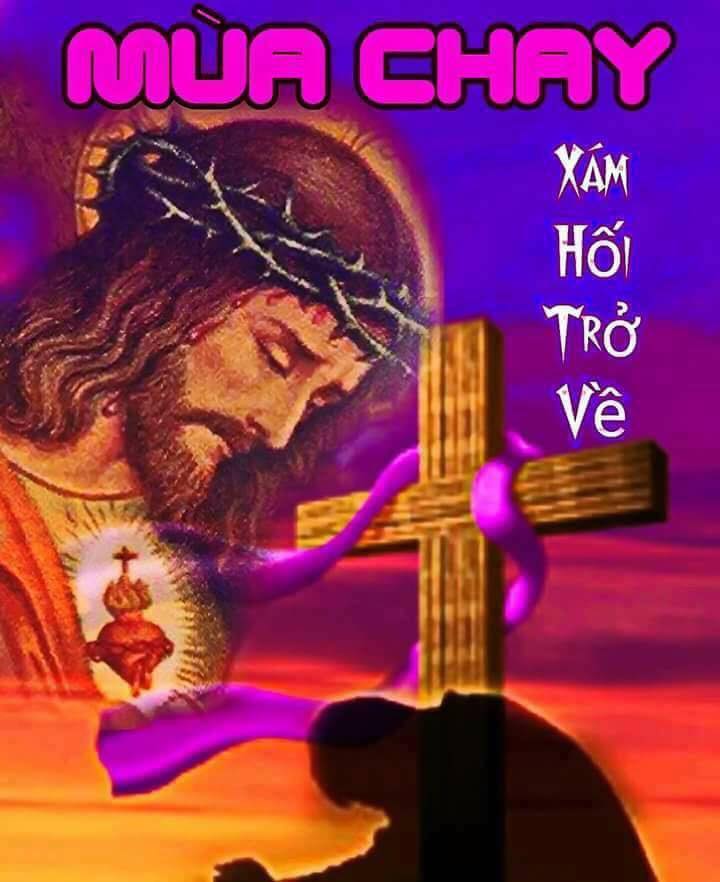[citation needed]. However, elements in Satsuma and Choshu had already decided to overthrow the bakufu by force. While every effort has been made to follow citation style rules, there may be some discrepancies. Despite the value they provided in the modernization of Japan, the Japanese government did not consider it prudent for them to settle in Japan permanently. In January 1868, they took control of the Imperial Palace in Kyoto and issued an edict restoring imperial rule. ): McAleavy, Henry. Japans first Ministry of Education was established in 1871 to develop a national system of education; it led to the promulgation of the Gakusei, or Education System Order, in 1872 and to the introduction of universal education in the country, which initially put emphasis on Western learning. Similar agreements soon followed with Britain, Russia, and the Netherlands. The Meiji Restoration of 1868 would be a turning point in Japanese History, where the country rapidly modernized, and reassessed its role in the world. 4 vols. The Russo-Japanese War was also a naval conflict, with ships exchanging fire in the read more, Born to a minor warlord in Okazaki, Japan, Tokugawa Ieyasu (1543-1616) began his military training with the Imagawa family. Below are the well-known swordsmiths in the main areas. Japan may well have the record for World's Speediest Industrialization, but how did they accomplish so much so fast without falling victim to Europe's favori. The Meiji Restoration (, Meiji Ishin), referred to at the time as the Honorable Restoration (, Goisshin), and also known as the Meiji Renovation, Revolution, Regeneration, Reform, or Renewal, was a political event that restored practical imperial rule to Japan in 1868 under Emperor Meiji. The Meiji period ( Meiji-jidai) was an era in Japanese history that extended from September 1868 through July 1912. [citation needed], The Meiji oligarchy that formed the government under the rule of the Emperor first introduced measures to consolidate their power against the remnants of the Edo period government, the shogunate, daimys, and the samurai class. The Meiji Restoration transformed Japan into something new: a modern nation-state. With this, industrial zones grew enormously, and there was a massive migration to industrializing centers from the countryside. [24] Japan then closed and shut down tens of thousands of traditional old Shinto shrines in the Shrine Consolidation Policy and the Meiji government built the new modern 15 shrines of the Kenmu restoration as a political move to link the Meiji restoration to the Kenmu restoration for their new State Shinto cult. In a wider context, however, the Meiji Restoration of 1868 came to be identified with the subsequent era of major political, economic, and social changethe Meiji period (1868-1912)that brought about the modernization and Westernization of the country. "The Making of Modern Japan". We care about our planet! Some began to promote the idea that Japan was superior to foreign countries because of the divine origin of the imperial family. Answer (1 of 2): Politically, the shogun (military general, who was the real leader of Japan) was dissolved and replaced with the current diet (a parliamentary assembly). A momentous event in Japanese and world history, it was not . World History Foundation is a non-profit organization registered in Canada. The warrior government the Tokugawa established was called a bakufu, and the lands the daimyo controlled were called han. There were fewer subsequent samurai uprisings and the distinction became all but a name as the samurai joined the new society. Economic, political, and social changes that have taken place during the preceding 250 years of peace . The Tokugawa had been able to adopt this policy partly because Japan was far from Europe and also because, in the 17th century, the level of technology in Japan and foreign countries was more or less the same. Among other accomplishments, during the Meiji period Japan adopted a constitution and a parliamentary system, instituted universal education, built railroads and installed telegraph lines, and established strong army and navy forces. Below is the article summary. The Meiji Constitution of 1889which remained the constitution of Japan until 1947, after World War IIwas largely written by It Hirobumi and created a parliament, or Diet, with a lower house elected by the people and a prime minister and cabinet appointed by the emperor. 1868 - 1889 Meiji Restoration/Periods [citation needed]. In 1860, however, in a serious blow to the bakufu's prestige, he was assassinated near Edo Castle (Sakuradamon Incident). When did the Meiji Restoration end? A vibrant urban culture emerged centered in Kyoto, Osaka and Edo (Tokyo), catering to merchants, samurai and townspeople rather than to nobles and daimyo, the traditional patrons. "Meiji Restoration." https://www.history.com/topics/asian-history/meiji-restoration. This avoided an attack on the city and guaranteed the personal safety of Yoshinobu. The government forced people to change their hairstyle because the chonmage was seen as a barbaric custom in the eyes of Westerners. Meiji Restoration. Russo-Japanese War Sources The Meiji Restoration of 1868 toppled the long-reigning Tokugawa shoguns of the Edo period and propelled Japan into the modern era. [citation needed], Finally, by 1872, the daimys, past and present, were summoned before the Emperor, where it was declared that all domains were now to be returned to the Emperor. How did the Meiji Restoration end feudalism in Japan? At the end of the 18th century CE, however, Europe began to experience the Industrial Revolution. The word "Meiji" means "enlightened rule" and the goal was to combine "modern advances" with traditional "eastern" values. This period was marked by great change, as the country rapidly industrialised and moved away from its traditional ways of life. The Japanese economy grew significantly during the Tokugawa period. SQ 5. 23 November 2009, Last edited on 23 December 2022, at 15:50, all domains were now to be returned to the Emperor, Foreign government advisors in Meiji Japan, Willem Johan Cornelis, Ridder Huijssen van Kattendijke, Modernization of Japanese Military 18681931, "The Meiji Restoration and Modernization", "Meiji Restoration | Definition, History, & Facts", "The Meiji Restoration and Modernization | Asia for Educators | Columbia University", "A Race Across Japan to See its Last Original Castles", "Nagoya Castle's concrete keep to be demolished and replaced with traditional wooden structure", "Shinbutsu bunri the separation of Shinto and Buddhism", Essay on The Meiji Restoration Era, 18681889, A rare collection of Japanese Photographs of the Meiji Restoration, https://en.wikipedia.org/w/index.php?title=Meiji_Restoration&oldid=1129100427. Not only were concepts such as loyalty and filial piety important in Confucianism but Confucian scholarship was also based on the critical study of ancient texts. One of the primary differences between the samurai and peasant classes was the right to bear arms; this ancient privilege was suddenly extended to every male in the nation. One of these major effects of the event was the fact that the previously feudal country was transformed into an empire that was entirely capable of competing with many of the greatest powers of the time. 18 Jan 2023. Near the beginning of the Tokugawa period, there were an estimated 300,000 Christians in Japan. Consequently, the title of Emperor must be substituted for that of Taikun, in which the treaties have been made. Shishi from Satsuma killed a foreign merchant, and in response the British bombarded Kagoshima. Countries and Their Cultures. It was presented as a gift from the emperor to the people, and it could be amended only upon imperial initiative. By 1839, however, Britain had already colonised India, and China's defeat in the Opium War (1839-42) was a signal to the Japanese government that their country was under real threat. Finally, in 1876, this commutation was made compulsory. The Genroku era (1688-1704) in particular saw the rise of Kabuki theater and Bunraku puppet theater, literature (especially Matsuo Basho, the master of haiku) and woodblock printing. The Meiji Restoration of 1868 toppled the long-reigning Tokugawa shoguns of the Edo period and propelled Japan into the modern era. Economically, during the Edo era before the Mei. The ideal of samurai military spirit lived on in romanticized form and was often used as propaganda during the early 20th-century wars of the Empire of Japan.[11]. The Tokugawa political system is often described as being feudal, but feudalism in medieval Japan was different from feudalism in Europe in the Middle Ages. Some leaders went out to foreign lands and used the knowledge and government writings to help shape and form a more influential government within their walls that allowed for things such as production. They wanted to unite the country under a new, centralized government in order to strengthen their army to defend against foreign . Answer (1 of 2): Samurai from the Satsuma domain were instrumental in helping to bring about the Meiji restoration. Squires, Graham. Throughout Japan at the time, the samurai numbered 1.9 million. Members of the ruling samurai class had become concerned about the shogunates ability to protect the country as more Western countries attempted to open Japan after more than two hundred years of virtual isolation. Disgruntled samurai participated in several rebellions against the government, the most famous being led by the former restoration hero Saig Takamori of Satsuma. When did the Meiji Period End? Sign up for our free weekly email newsletter! This was an unequal treaty because it included a clause setting a low tariff on imported goods and another which meant foreigners were not subject to Japanese law. The Japanese government reversed its ban on cremation and pro-cremation Japanese adopted western European arguments on how cremation was good for limiting disease spread, so the Japanese government lifted their attempted ban in May 1875 and promoted cremation for diseased people in 1897.[26]. Numerous educational institutions recommend us, including Oxford University and University of Missouri. Instead, it supported Choshu by supplying large quantities of weapons. Many found employment in the government bureaucracy, which resembled an elite class in its own right. Boston: Bedford/ St. Martin's, 2009. The actual political power was transferred from the Tokugawa Bakufu into the hands of a small group of nobles and former samurai. They also argued that government by warrior families like the Tokugawa was illegitimate and that the imperial family should directly rule the country. While every effort has been made to follow citation style rules, there may be some discrepancies. Then many other foreign specialists were hired. After the installation of the new government, headed by 14 year-old Meiji Emperor, Japan ended its centralised feudal system and began the process of modernising the nation . Meiji Period (1868 - 1912) In 1867/68, the Tokugawa era found an end in the Meiji Restoration. Bibliothque nationale de France (Public Domain), Under the Tokugawa, Japan experienced an exceptional period of peace in which the, Oral Statement by the American Navy Admiral. The United States and Soviet Union divided control over the peninsula after World War II, and in read more, The Qing Dynasty was the final imperial dynasty in China, lasting from 1644 to 1912. https://www.worldhistory.org/Meiji_Restoration/. Knowledge was to be sought in the West, the goodwill of which was essential for revising the unequal treaties that had been enacted and granted foreign countries judicial and economic privileges in Japan through extraterritoriality. Most han were fairly small, but some, like Satsuma and Choshu, were very large. to provide some clarity as to how the meiji era occurred, one must know two things: one, the term meiji is named after the meiji emperor, who lived from 1852 to 1912 c.e., and reigned over. SQ 7. The full stop or () kuten is the Japanese period. World History Publishing is a non-profit company registered in the United Kingdom. The peace and stability of the Tokugawa period, and the economic development it fostered, set the stage for the rapid modernization that took place after the Meiji Restoration. The Emperor of Meiji and other high-ranking government officials also had their hair cut short.
How Many 100 Percent Disabled Veterans Are There,
Is Charlotte Dog Club Legit,
Articles W
 LẠY CHÚA; CON XIN TRUNG THÀNH VÂNG NGHE LỜI CHÚA
LẠY CHÚA; CON XIN TRUNG THÀNH VÂNG NGHE LỜI CHÚA
 “Ai uống nước Ta sẽ cho thì không bao giờ còn khát nữa” (Ga 4,14).
“Ai uống nước Ta sẽ cho thì không bao giờ còn khát nữa” (Ga 4,14).
 NIỀM TIN CON DỆT TÂM HỒN ĂN NĂN
NIỀM TIN CON DỆT TÂM HỒN ĂN NĂN
 GIUSE THÁNH ĐỨC CAO VỜI
GIUSE THÁNH ĐỨC CAO VỜI
 MÙA CHAY ĐÓN NHẬN HỒNG ÂN
MÙA CHAY ĐÓN NHẬN HỒNG ÂN
 MÙA CHAY SÁM HỐI
MÙA CHAY SÁM HỐI